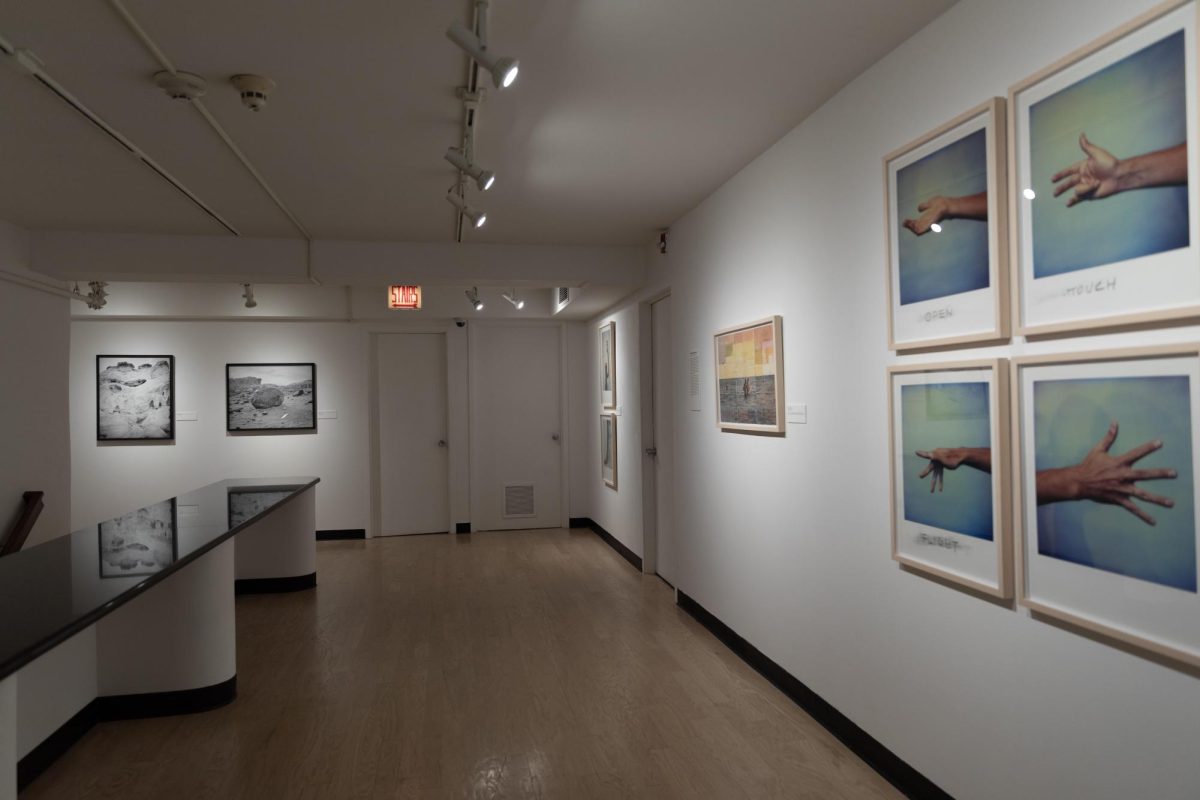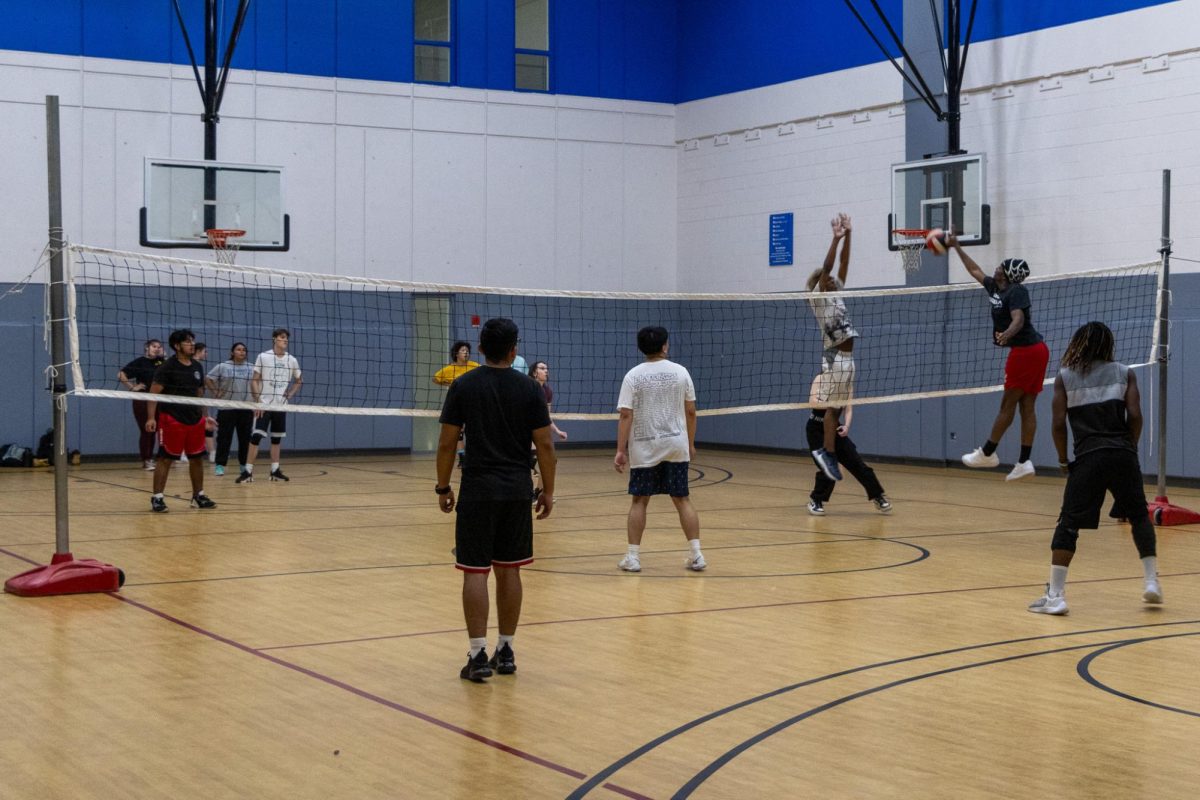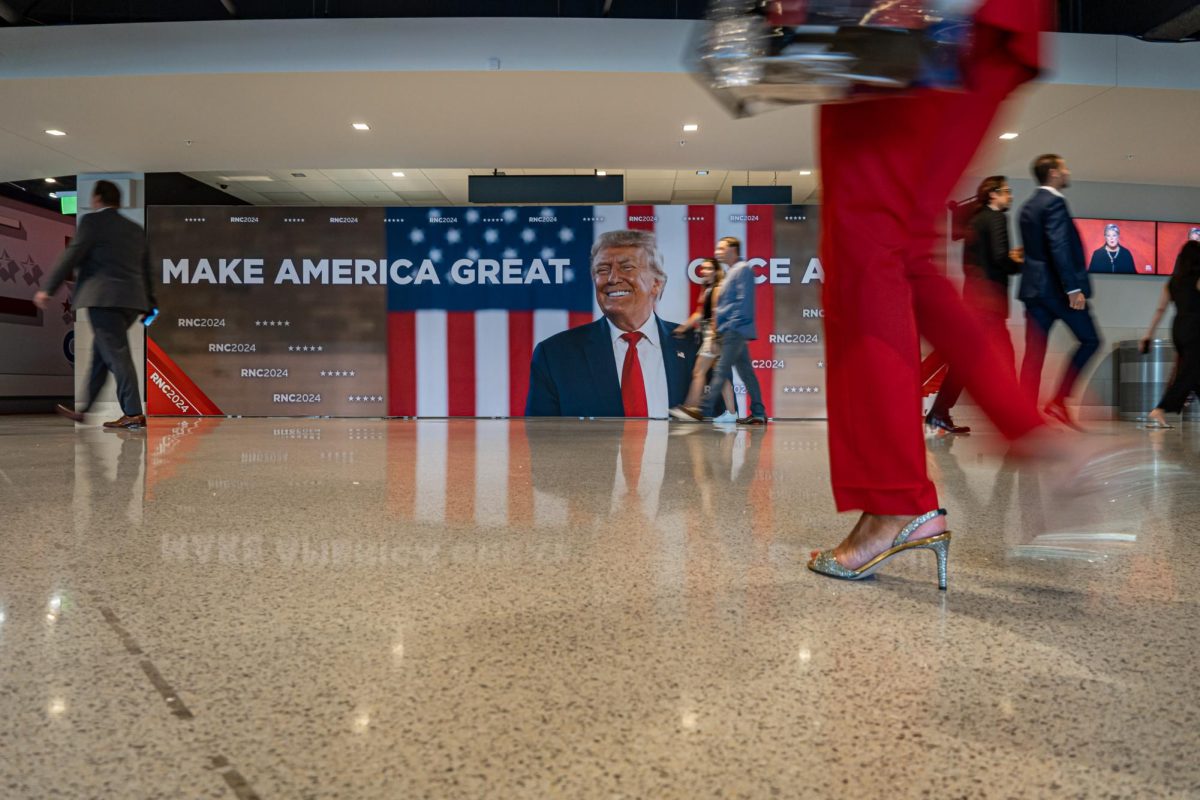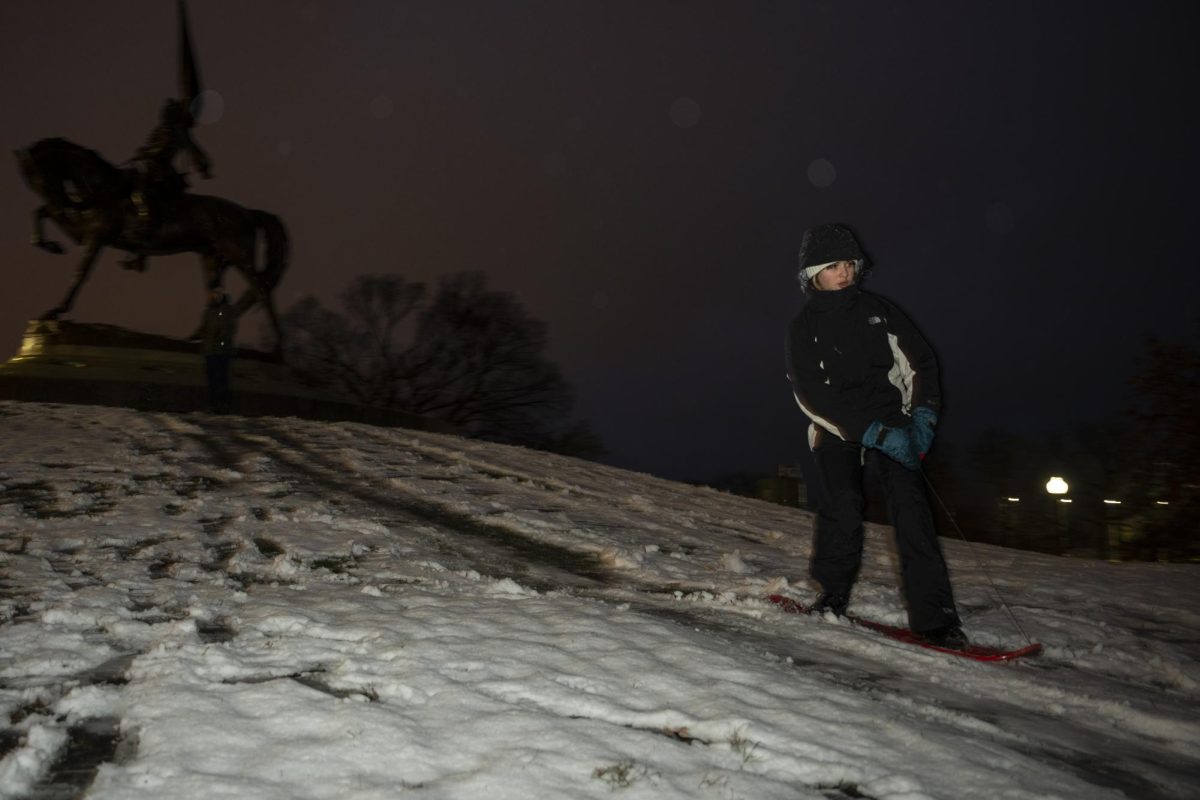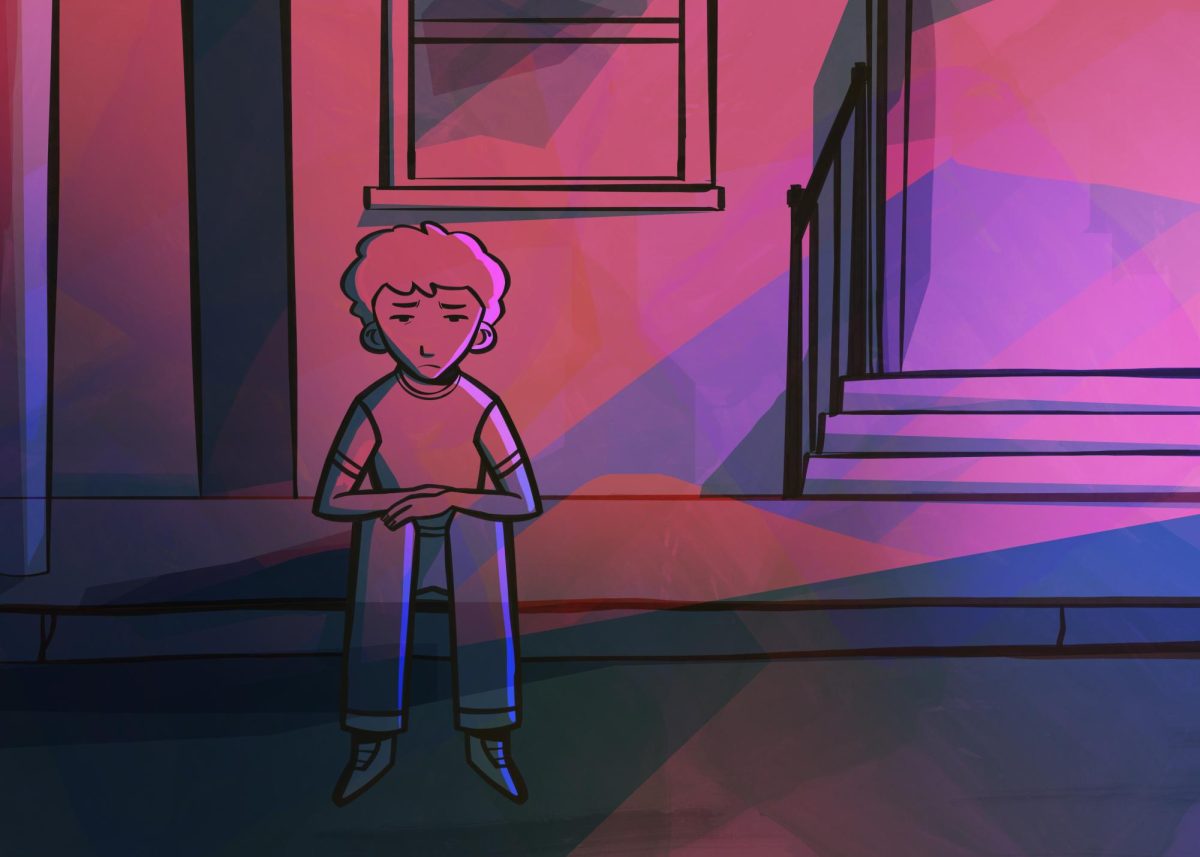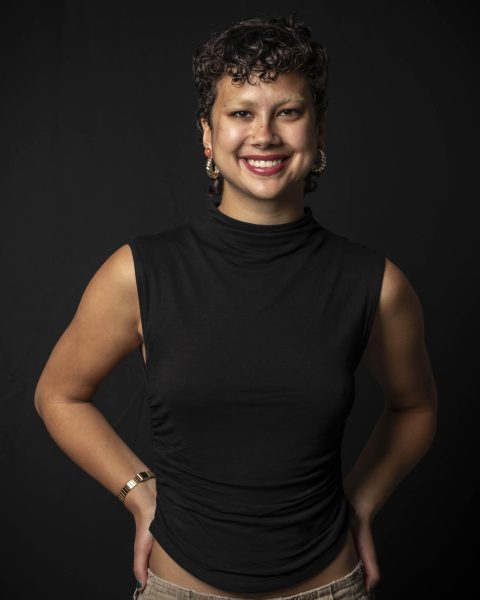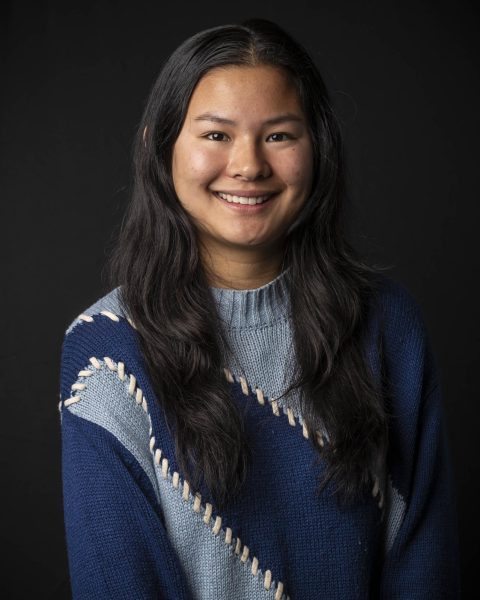The Museum of Contemporary Photography’s newest exhibition features a variety of art done by nine Native artists exploring heritage, community and colonialism.
“Native America: In Translation” is the first exhibit of its kind at the campus museum.
“We haven’t done a show that’s been primarily by Native artists. So it felt like time to do that, to address that,” said Deputy Director Karen Irvine, also the chief curator.
The traveling exhibition, organized by Aperture and curated by Wendy Red Star, is at the museum in Columbia College Chicago’s 600 S. Michigan building and will run until May 12.
Red Star is an Apsáalooke, or Crow, multimedia artist who lives in Portland, Oregon.
Throughout the exhibit, there are a variety of photographic mediums from large prints and polaroids to a large projector installation.
“It’s very dynamic,” Irvine said. “There are kind of two layers to it, of course, one is celebratory. A lot of the artists in the show are looking at indigenous traditions, native histories, cultural traditions and emphasizing those and sharing those with the public.”
The other layer addresses a darker time.
“Then of course, there’s also a layer that’s very critical, particularly of US colonialism, and settlers who came to these lands and overtook them,” Irvine added. “So a lot of the artists are looking back at those very fraught and traumatic histories.”
Alicia Le Rigoleur, from Bretagne, France, who was visiting Chicago for the first time, said she visited the museum in order to learn more about American culture through the lens of Native Americans.
“I really like the first pictures we can see on the first floor about those women,” Le Rigoleur said in reference to work done by artist Martine Guiterrez, a queer artist of Mayan heritage who has editorial pieces hung on the walls, some pulled from a magazine spread exploring the origins of gender, heritage and narrative.
“I liked the fact that the photographer said, oh, yeah, ‘we will not be in Paris fashion magazines so I’m going to create my own,” Le Rigoleur said. She added that it’s important to see other women representing themselves as they are so those were some of her favorite pieces.
The gallery is divided by three levels and attendees are able to view the exhibit in any order they choose, reflecting as they go.
A piece by Marianne Nicolson projects light through etched glass, creating symbols on the floor that represent varying aspects of Kwakwaka’wakw and Dzawada’enuxw culture and their relationship to their land.
“This is a very new and different piece from what we usually do,” said Ren Andujar, a senior photography major and gallery assistant at MOCP. “So it was really fun to have to figure out how we set it up and how we get the light to project the image correctly.”
Student workers at the gallery are responsible for helping hang the art, deciding the formation of pieces, painting the walls and assisting with everything that goes into the installation process.
“I like to think that art can communicate in ways that other mediums can’t, that more traditional vehicles for information cannot,” Irvine said. “Then there’s an opportunity for sharing and conversation around a lot of the topics that art addresses.”


